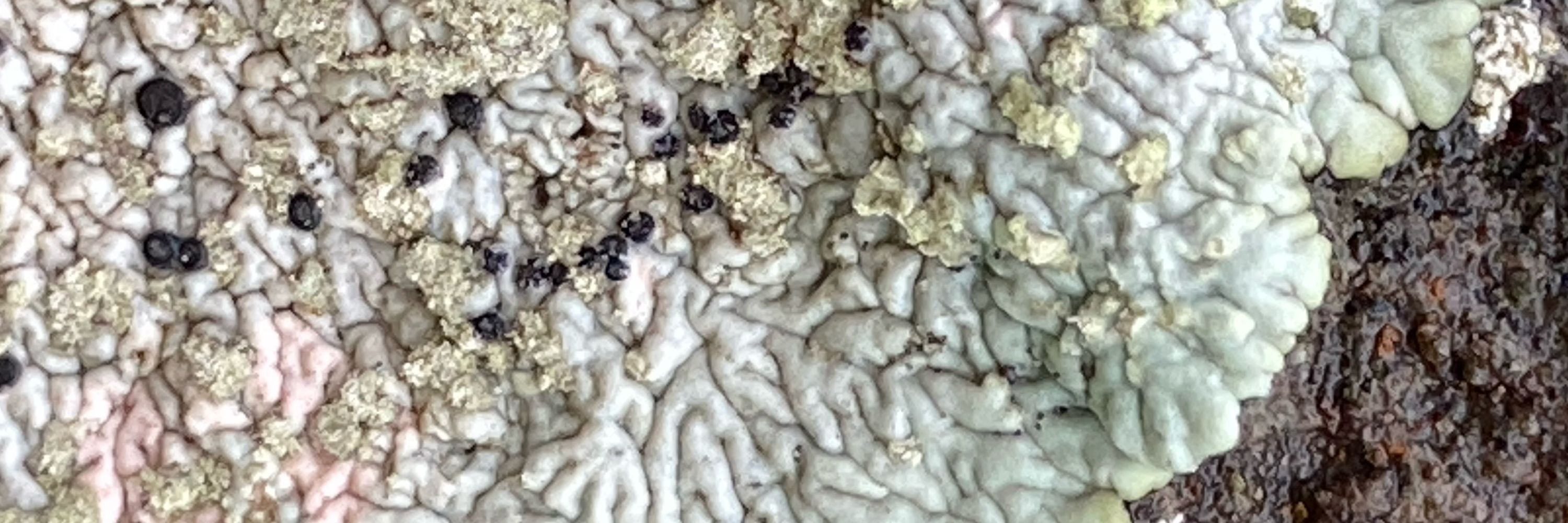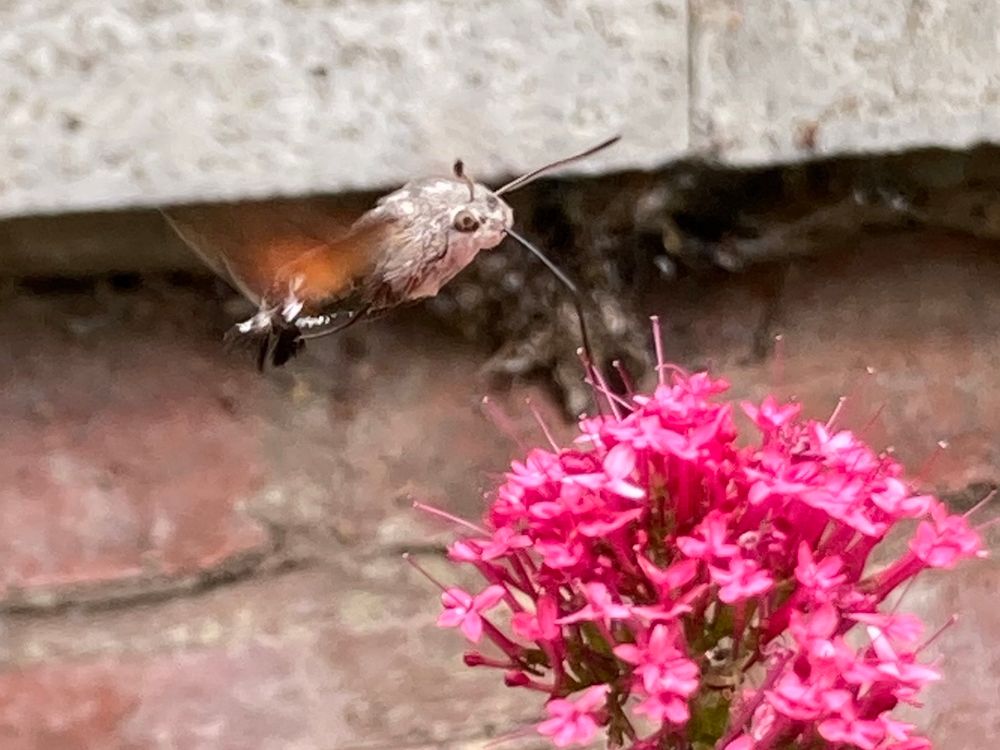Di Napier
@larkinlichen.bsky.social
440 followers
95 following
420 posts
UK lichens, fungi, wildflowers, botany, wildlife, microscopy of tiny things
Posts
Media
Videos
Starter Packs
Di Napier
@larkinlichen.bsky.social
· Jul 9
Di Napier
@larkinlichen.bsky.social
· Jul 9
Di Napier
@larkinlichen.bsky.social
· Jun 5

Bunodophoron melanocarpum (Sw.) Wedin
Thallus fruticose, shrubby-coralloid, 3-5 cm high, often forming extensive mats; branches highly divided in upper part, markedly flattened, especially towards the base, ending with small, subterete, p...
italic.units.it
Di Napier
@larkinlichen.bsky.social
· Jun 3
Di Napier
@larkinlichen.bsky.social
· Jun 1
Di Napier
@larkinlichen.bsky.social
· May 29
Reposted by Di Napier
The Guardian
@theguardian.com
· May 24

Labour blocks proposal for ‘swift bricks’ in all new homes
MPs had previously backed Conservative amendment to ask developers to provide hollow bricks for endangered birds
Providing every new home with at least one “swift brick” to help endangered cavity-nesting birds has been rejected by Labour at the committee stage of its increasingly controversial planning bill.
The amendment to the bill to ask every developer to provide a £35 hollow brick for swifts, house martins, sparrows and starlings, which was tabled by Labour MP Barry Gardiner, has been rejected by the Labour-dominated committee. Continue reading...
www.theguardian.com
Di Napier
@larkinlichen.bsky.social
· May 23
Reposted by Di Napier
Reposted by Di Napier
Di Napier
@larkinlichen.bsky.social
· May 23
Di Napier
@larkinlichen.bsky.social
· May 23
Reposted by Di Napier
Di Napier
@larkinlichen.bsky.social
· May 22
Di Napier
@larkinlichen.bsky.social
· May 22
Di Napier
@larkinlichen.bsky.social
· May 22
Di Napier
@larkinlichen.bsky.social
· May 22
Di Napier
@larkinlichen.bsky.social
· May 22
Di Napier
@larkinlichen.bsky.social
· May 18















